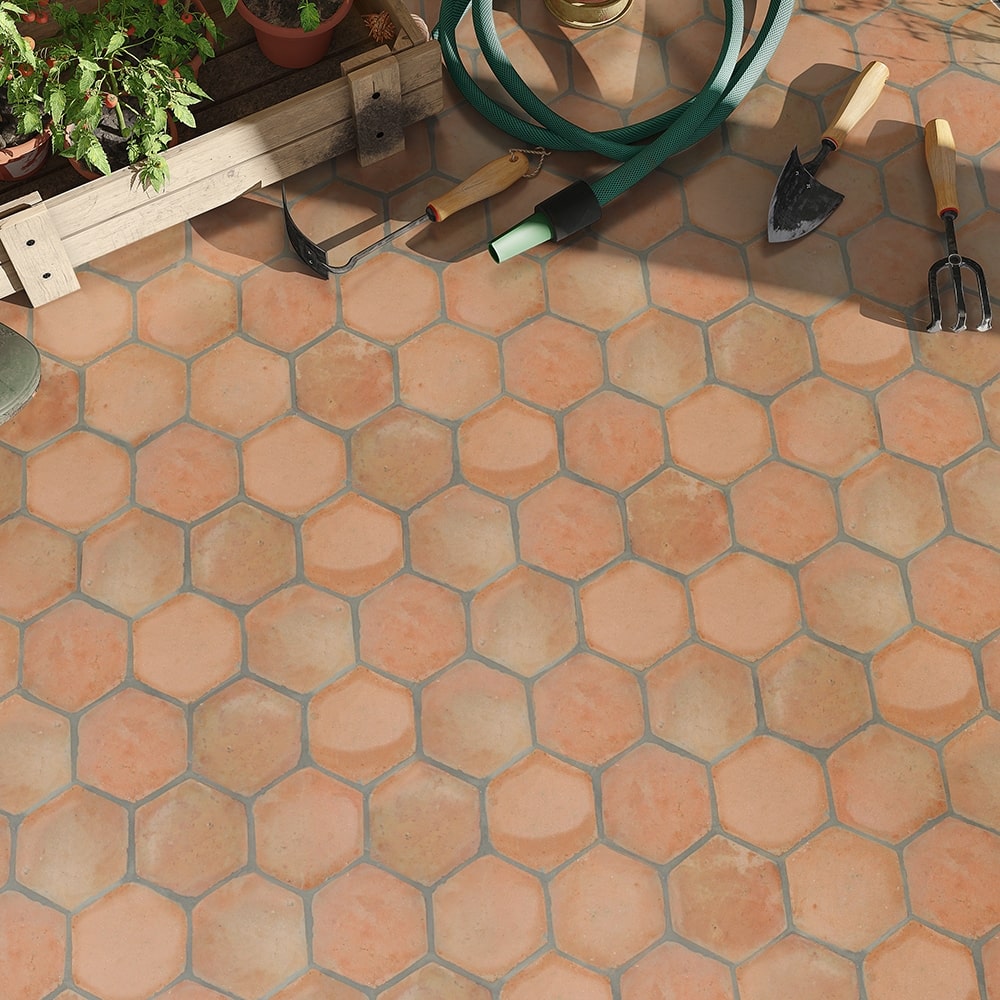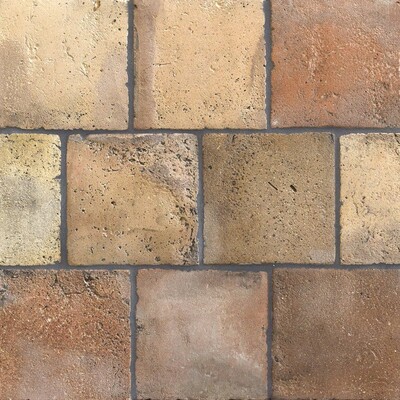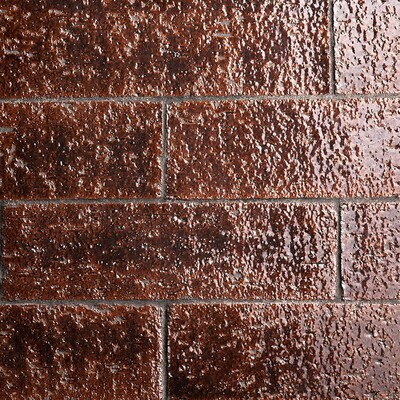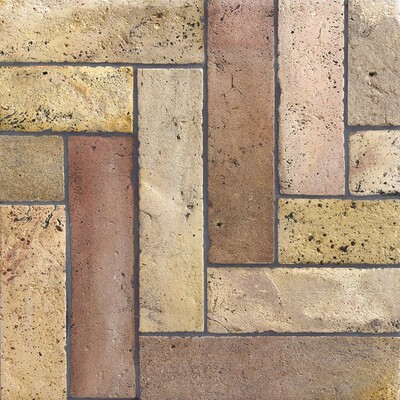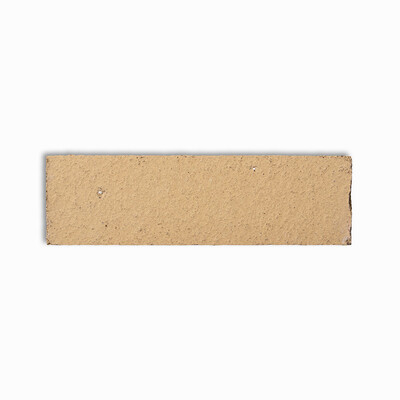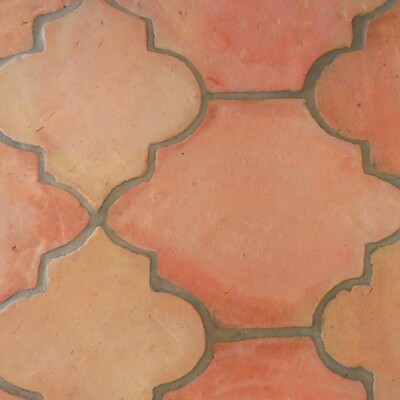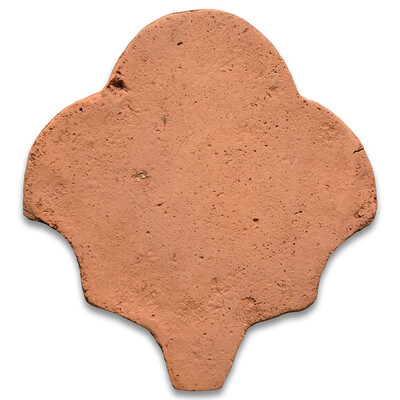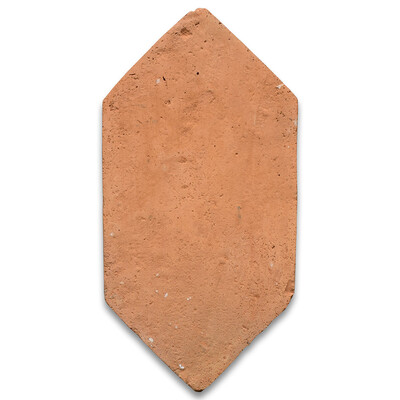
Everything You Need To Know About Terracotta Tiles
If this is your first time using terracotta tiles, we recommend you read this article to the end.
What Are Terracotta Tiles?
Terracotta or terra cotta is a building material that was used for centuries in different cultures. Sometimes some people misspell this term as “teracota or tera cota”. But the origin of the word comes from Italian. It means “baked earth”, an apt name due to its rich earthy tones.

In modern times, terracotta tiles remain incredibly popular, especially terracotta floor tiles. Durable, long-lasting –– and most importantly –– natural, these tiles are a top choice among homeowners and designers. They can be installed both indoors and outdoors and come in a variety of finishes, including glazed terracotta tile, rustic terracotta tile, natural terracotta tile, hexagon terracotta tile, and even black terracotta tile. They’re highly versatile and can be installed in many rooms in the house. Popular options include terracotta tile floors, terracotta roof tile, terracotta kitchen tiles, terracotta tile backsplashes, and more.
What Colors Go with Terracotta Floor Tiles?
Terracotta typically has the earth’s brownish or somewhat reddish color. This is because it is derived from refined clay. There is a significant amount of iron content inside this earthenware. When the iron molecules interact with oxygen, a rusty red color appears. There are also blue, green, blue-gray, and green-gray shades of terracotta.
The early versions of terracotta were used in architecture because it was easy to process the kiln. Many ancient buildings had terracotta tile roofs. Even today it is one of the most reliable roofing materials.
Traditional Kiln clay pot made by old brick oven for pottery products.
Today, highly creative artisans re-made terracotta as flooring and wall tiles with appealing and intriguing patterns. They have this rustic and elegant look on the floor or on the walls.
The Difference between Terracotta Tiles and Glazed Brick
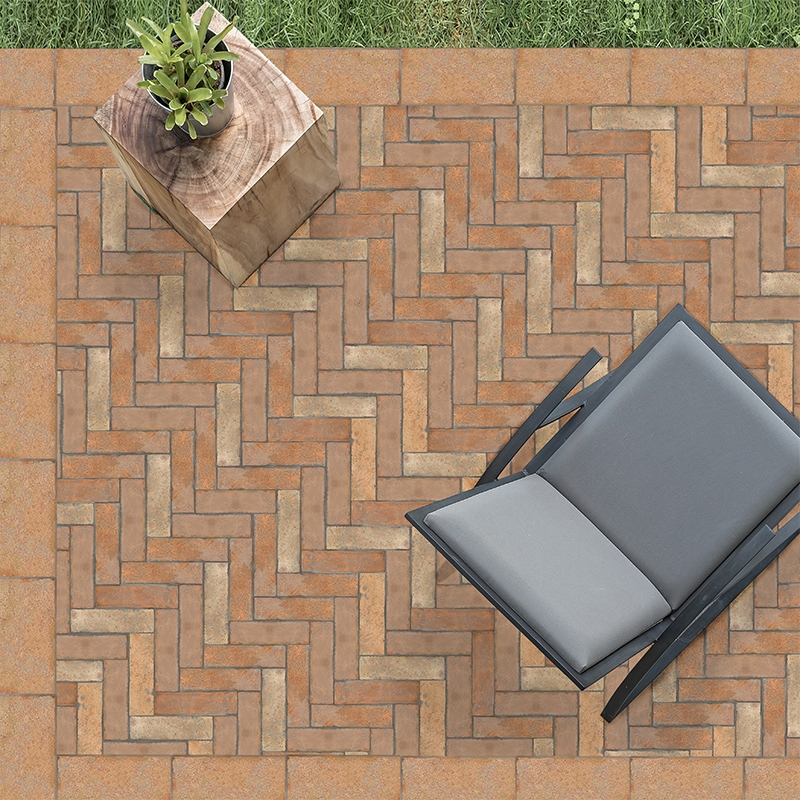
If you are familiar with terracotta tile, you probably heard of glazed brick. That brings many questions to the table. Let’s start with the nomenclature.
When someone talks about terracotta, are they really referring to Mexican tile that looks much like adobe? Or are they thinking of a red Italian earthenware material? As it turns out, both spellings are recognized as correct.
We know that terracotta was used widely throughout history in different countries. For this reason, it is hard to claim that its origins belong to only Italy. It can be Mexican, Italian, French, Catalan, Californian, and more.
Historically, primitive kilns were used to cook these tiles. Some of these kilns looked quite like chimneys. Recently, more modern kilns have been used to bake these tiles in a controlled environment. These kilns are usually very long. The variety of temperature zones needed to manufacture these tiles in under 2 hours. As a result, the end product is a much more uniform and structurally sound material.
Terracotta Tile Finishes

Common terracotta finishes include glossy terracotta tile, natural terracotta tile, satin terracotta tile, and rustic terracotta tile.
Traditionally, people used wooden trays as molds, poured refined clay into these containers, and baked them under the sun for a long time. We refer to these kinds of terracotta as hand-made or traditional terracotta.
Tooled is another term you might see used to refer to tiles that have an ornately patterned hand-made look. Some factories use kilns to fire their tiles. After the tile is “baked,” it is conventionally waxed or hand-rubbed with a variety of oil-based stains.
Can I Install Waxed Terracotta in Living Rooms?

Many people ask if they can use waxed tiles for terracotta tile floors in living rooms or other high-traffic areas. We don’t recommend waxed tiles on high-traffic residential or commercial floors. The original waxed surface may disappear, especially in warm climates. Thus, you may need to wax your tile floor repeatedly.
Instead, we recommend sealed tile flooring. You can achieve this with semi-permanent sealers in a variety of textures and finishes. Once applied, these sealers make terracotta flooring easy to clean.
Stone Tile Depot offers terracotta with a transparent glaze in different textures. Unlike waxed tiles, these tiles last much longer and are easier to clean.
Features:
- The most common size that we offer s is 12”×12”.
- Tiles come in square, rectangular, and octagonal shapes.
- Our terracotta comes from Spain and Italy.
- Tiles are easy to install, clean, and maintain.
- It is extremely durable and long-lasting.
- Due to the hand-made nature of the tiles, each has a unique, rustic appearance with variations in size, thickness, and color. Surface cracks and other similar irregularities add character to terracotta. For this reason, it is difficult to find two tiles alike.
Is Terracotta Tile Durable?

Many luxury resorts use terracotta tile in all exterior areas, such as walkways, and many interior areas, such as sunrooms. In warm climates, terracotta is the best material for outdoor spaces such as courtyards, patios, or terraces because of its durability.
Terracotta can last for years if installed and sealed properly. It is porous by default. So sealing is important against stains, scratches, and moisture.
Are Terracotta Tiles Expensive?
They do not cost that much. Our prices range between $ 1.95 and $ 11.45. Wherever you are in the world, Mediterranean-style villa designs call for terracotta in family rooms, rustic kitchens, patios, and sunrooms. This type of tile flooring is easy to clean and maintain. They wear well and anyone can install them. In California, we can say that the famous Saltillo terracotta of Mexico is renowned for being the best local material.
Installation:
The use of a cement mortar bed is the most recommended installation method. The easy installation process consists of the following steps:
- Create a squared center point.
- Begin placing the tile.
- Level the tiles.
- Continue laying tile.
- Apply pre-sealer and grout.
- Apply sealer
Important Tips for Terracotta Maintenance
There are some tips to keep in mind for regular cleaning and maintenance after installation. Clean these tiles with a mild cleanser and damp cloth. Do not use corrosive cleaners. Some glazes are acid-sensitive, so it is important not to use an acid-based cleaner which may cause discoloration.
You can use a penetrating sealer for your tiles. You can test any sealer on a small area first before applying it to your entire floor. It is always a good idea to order a sample before making the actual purchase. We offer samples for every tile. You can easily order your sample from our website.
